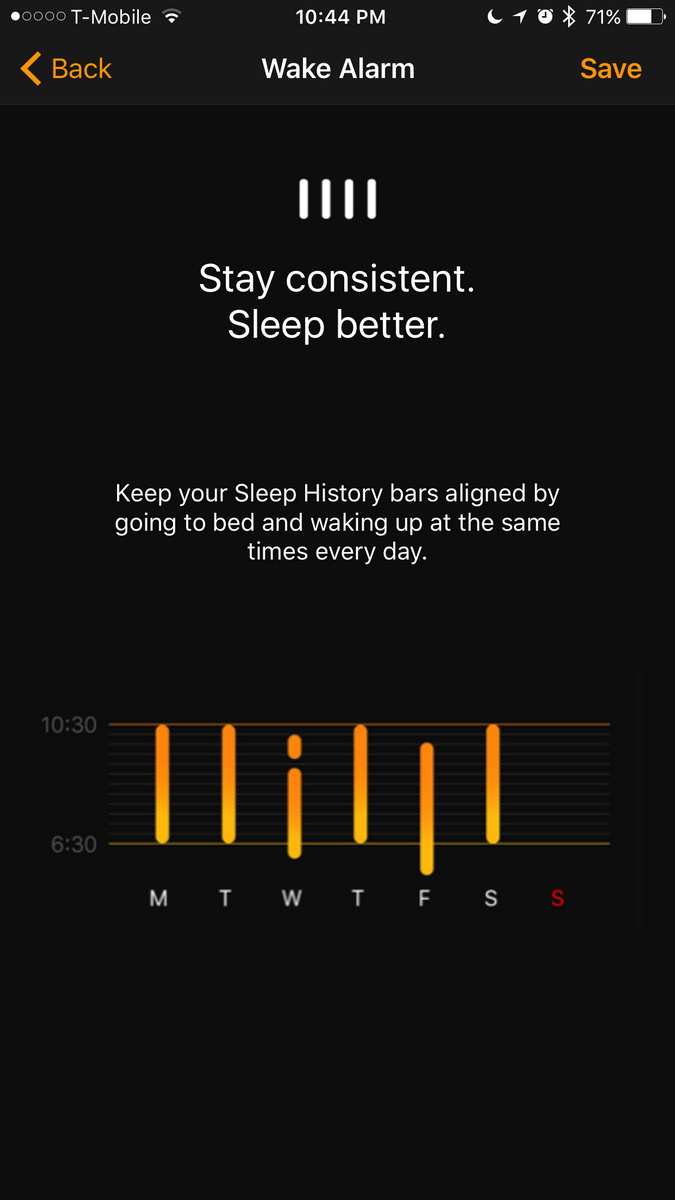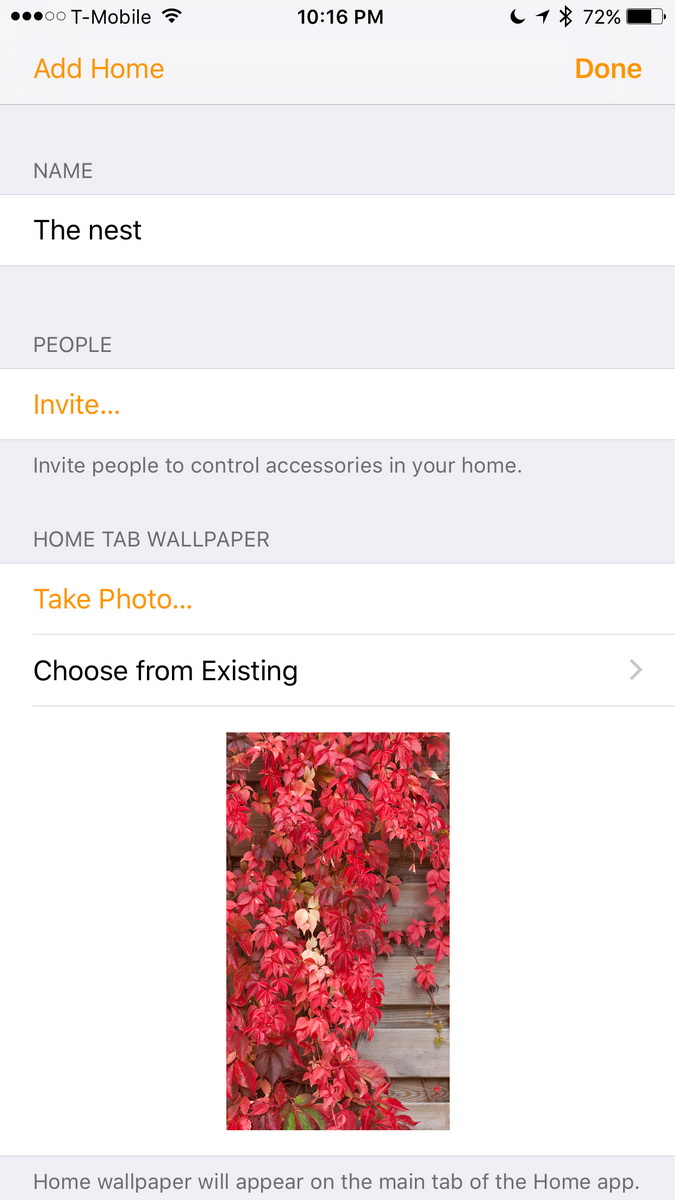Once Apple hits its groove with an operating system, it riffs on the same melody for a couple iterations. So Apple’s iOS 8 and 9 came and went without really changing the song. In iOS 10, Apple is singing a new tune.
It looks crisp, fresh, and different. The animations look entirely different from before, and there are loads of new features packed into this update, not the least of which are a new Apple Music, a Home app for HomeKit, refreshed widgets, richer notifications, and improved integration of 3D Touch.
Apple officially released iOS 10 to the public on September 13. Anyone with an iPhone 5 or newer and anyone with an iPad 4 or newer can install the update by going to Settings > General > Software Update. The iPhone 7 and 7 Plus will come with iOS 10 pre-installed. We’ve been using iOS 10 since the first beta arrived, and it’s fantastic. Here’s our full review.
A refreshed design and slick animations
Ever since the first iPhone debuted in 2007, you’ve had to swipe across the screen to unlock the iPhone. In iOS 10, “Swipe to unlock” is replaced with “Press to unlock.” To unlock the screen, you must press down on the Home button. This may alter if you’re using the
The simple elegance and playful poise of iOS is still a sight to behold. Apple’s iOS 10 is a work of art.
You can also do more on the lockscreen than ever before. A swipe from right to left opens up the camera app, while a swipe from left to right brings up your widgets, which contain key info like the weather, transit times, and so on. You can also add any app that offers a widget to this screen to give you quick access to the info you need from your lockscreen. A swipe down from the home screen shows all your notifications, but taking action on those notifications will require you to verify your ID with Touch ID or your passcode. The notifications and widgets also look quite different than they did in iOS 9. They appear in light gray, semi-transparent bubbles.
As you look around throughout iOS 10, you’ll notice that the animations are also different. When you tap on a folder with multiple apps, it pops up elegantly in the center of your screen as a semi-transparent bubble. Your wallpaper is artfully blurred in the background, and the app icons in the folder are in perfect focus. When you escape the folder, the bubble appears to recede softly and disappear into the tiny space it previously occupied. It’s beautiful, elegant, and fun.
When you peek inside of some of Apple’s apps, you’ll see new color palettes and fonts, which refresh the OS and bring something new to the table. In the clock app, for example, the white background has a soft, dark black with white and orange accents. These colors are more restful on your eyes at night when you’re blearily searching to set the proper alarm to wake you up on time for work the next day. There’s also a new tab called Bedtime, which asks you a few questions to set up goals for how much sleep you aim to get and when you want to wake up.
Once you’ve set your goals, you can ask to be notified 15-30 minutes before you need to go to bed. It’s like being 8 years old again and hearing your mom scolding you to turn off the light and get some shuteye. But it is also needed — for some of us anyway.
While iOS 7 ushered in a new era of thin fonts, iOS 10 brings back round bold letters and striking colors on monochromatic backgrounds. The News and
These subtle changes to iOS 10 are purposeful and well thought out. Every Apple product is a work of art and design from the mind of Jony Ive, and each time Apple updates its OS, it brings similar aesthetic improvements to the iPhone’s software. People buy iPhones because they are beautiful; people use iOS because it’s artfully designed. Although Google’s Android has come a long way over the years in terms of design, the simple elegance and playful poise of iOS is still a sight to behold. Apple’s iOS 10 is a work of art.
3D Touch makes notifications useful
When Apple first introduced 3D Touch on the
Notifications on iOS have never been terribly useful, but in iOS 10, that has finally changed. When you long press on a notification, it expands to show you more detailed information and actions you can take. If it’s an email, you can see the first 4-5 lines of the email, along with the following actions: Archive, Delete, Schedule, and Mark as Read. If you get a text message of a WhatsApp message, a long press will bring up the full message and a space for you to reply to the message without ever having to open the app.
All this may sound silly to
Siri gets smart, iMessage takes on Facebook
While Facebook and Google go crazy with chatbots and incorporating artificial intelligence into everything, Apple has largely avoided entering that arena due to concerns about user privacy. Now, Apple thinks it has found a way to incorporate Siri’s smarts into iOS without sacrificing anyone’s privacy. It’s a method called Differential Privacy, which essentially ensures that no individual user can be identified by their data. The data is also processed on your device instead of in the cloud to make it harder to hack. Long story short, Siri is now a lot smarter, but she’s not snooping into your private affairs like Google Now might.
Siri can also summon an Uber for you and other cool tricks, thanks to third-party app support. Of course, we’ll have to wait for apps to integrate with Siri before we can test that part out. It will take many months for app makers to catch up.
For now, Siri’s enhanced powers are most visible in iMessage, which features better typing predictions and can even suggest emoji or GIFs to you based on your conversation. So if you’re talking about getting lunch at 1 p.m., Siri will suggest you reply with, “See you then!” If you type, “I love you,” Siri may suggest a heart emoji, and so on. Although Apple’s version of generating automatic smart replies is less prescient than it is in Google’s newly announced Allo messaging app, it does work, and isn’t as creepy.
The coolest improvements to iMessage are also the most frivolous, because texting is supposed to be FUN. Apple is taking a direct stab at
The apps section is perhaps the most interesting. Developers had a field day making apps to offer up different types of content in iMessage. When you tap the App Store icon, you’ll see all your apps that work with iMessage right there. There’s also a plus sign that takes you to the iMessage app store. There, you’ll find all the stickers, games, app shortcuts, and more to make iMessage cooler than ever. There are already dozens of apps available and tons of sticker packs. We imagine you’ll see a lot more iMessage apps now that iOS 10 is readily available to download.
Siri is now a lot smarter, but she’s not snooping into your private affairs.
The sticker packs are way too much fun. Some of the fancy ones like stickers from Disney cost $1-2, but many are free, including Super Mario and Game of Thrones stickers. Apps like Yelp, OpenTable, The Weather Channel, and more also work directly in iMessage. So you could book a table at a restaurant with your friend right in your message thread. Games like Words with Friends also work right in iMessage now, so there’s really no need to leave iMessage for anything, so long as you’re not friends with any
You can also react to messages by long-pressing on them gently. You’ll see options to love a message with a heart, send thumbs up or down, HAHA about something, send two exclamation points, or pop in a question mark. It’s a lot like reactions in
iMessage has a lot of users, and these new features will go a long way toward ensuring that they stay there. WhatsApp,
Removing Apple apps, Home, and Photos
There are a lot of other tidbits hiding out in iOS 10, including the ability to remove pre-installed Apple apps from your device. It feels so therapeutic to hold down the Tips and Stocks apps and press that little X to remove each from the home screen. Once you’ve eliminated all the Apple apps you don’t want and replaced them with your favorite alternatives, you’ll feel absolute freedom. I want the apps I want, and ONLY the apps I want, Apple! So thank you.
HomeKit also finally has its own app, so you can set scenes and manage all your smart home gadgets in one place, using Control Center or Siri. Apple’s HomeKit supports a massive array of home automation platforms, which are easily identified by looking for the Works With HomeKit label. We’ll need to fully test HomeKit when iOS 10 is released, so stay tuned. When it comes to HomeKit, you may also be able to use your iPad as a hub, based on a hint in the Home app. We haven’t had a chance to try it out just yet, though.
The Photos app also benefits from iOS 10’s new smarts. It categorizes and organizes your photos based on themes, concepts, and content. You can now search your photos for specific things, too. For example, a search of cats brings up the 12 million pictures I have of my cat Silke on my phone. The new Memories tab brings up a series of Apple-made collages of photos from places, events, or important dates. Memories also creates cool videos of the photos, and you can change the theme to match the photos’ mood. The theme includes the font of any text as well as the soundtrack. You can then share your photos or movie in a variety of ways, including
It may seem cheesy, but these photo memories are actually really fun, and they make it super easy to share moments with friends and family, without having to make any effort to piece things together into an album. Naturally, all these features already exist and are more advanced in Google Photos, but it’s great to see them on iOS.
Other small updates include more specific read receipts for messages, optional storage optimization for when your iPhone’s full, RAW photo editing, unlimited Safari tabs, and so on.
Conclusion
Apple is at the top of its game with iOS 10. It’s brought much-needed smarts to the platform without compromising user privacy or security. Everything remains end-to-end encrypted, so you are safe from the FBI, NSA, hackers, and other prying eyes. (Well, as safe as you can be these days.) We can’t wait to see how much Siri improves once she can summon third-party apps and interact with them.
The user interface tweaks are absolutely beautiful, modern, fresh, and fun. For the first time in a long time, I can’t wait to use iMessage instead of WhatsApp or
Granted, a lot of what we see here is copied directly from Google’s





























